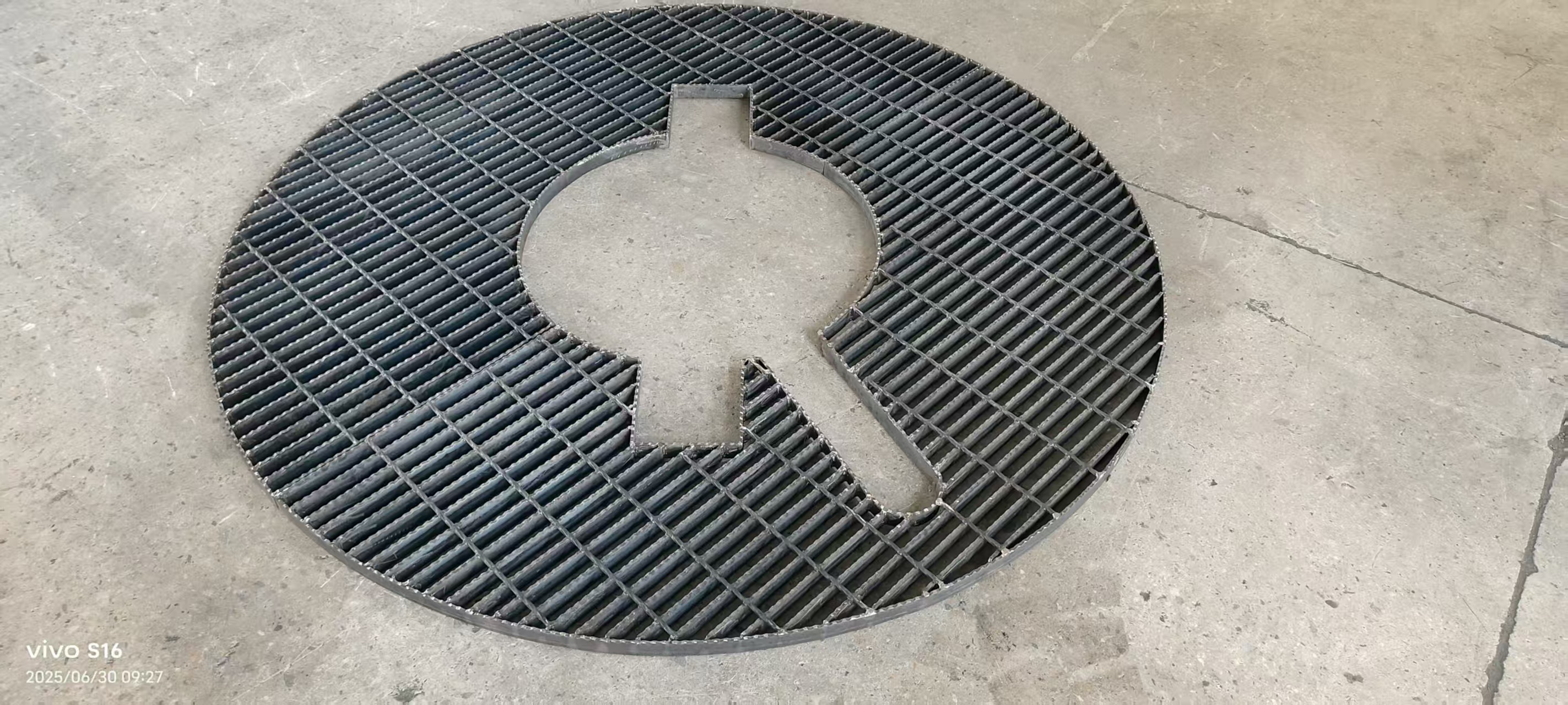In the world of industrial fabrication, manufacturing, and maintenance, the quality of a final coating or finish is only as good as the surface it’s applied to. Whether it’s painting a bridge, applying a protective layer to a pipeline, or preparing a vehicle for a new finish, achieving the perfect surface profile is paramount. While many abrasive media exist, none offer the precision, efficiency, and durability of profiled steel grit. This specialized abrasive is a strategic investment for any business committed to quality, speed, and long-term cost savings in its surface preparation processes.
Why Profiled Steel Grit is the Superior Choice
Traditional abrasives like sand or slag can be inconsistent, dusty, and prone to breaking down quickly. Profiled steel grit, on the other hand, is a precision-engineered abrasive that delivers consistent, repeatable results. Its angular, sharp edges are designed to aggressively clean surfaces and create an anchor pattern ideal for maximum coating adhesion.
- Exceptional Durability and Reusability: Unlike disposable abrasives, steel grit is extremely durable. It can be collected, cleaned, and recycled multiple times, leading to a dramatic reduction in material costs and waste over time.
- Optimal Surface Profile: The sharp edges of profiled grit create a defined, angular surface profile that provides a superior anchor for paint, powder coatings, and other finishes, ensuring long-lasting and robust adhesion.
- Reduced Dust and Environmental Impact: Steel grit produces significantly less airborne dust than traditional abrasives, improving visibility for operators and creating a safer, cleaner work environment.
- Increased Blasting Speed: The density and hardness of steel grit allow for faster blasting and cleaning, which directly translates to reduced labor hours and increased productivity.
Key Applications in Industrial Environments
The power and precision of profiled steel grit make it a go-to solution for a wide range of demanding B2B applications where surface quality is non-negotiable.
- Structural Steel Fabrication: Used to blast beams, columns, and other steel components to create a clean, uniform profile before welding or painting, ensuring the integrity of the finished product.
- Shipbuilding and Marine Coatings: Essential for preparing ship hulls, decks, and marine structures to remove rust, old paint, and barnacles, providing a perfect base for anti-corrosion and anti-fouling coatings.
- Automotive Industry: Used for cleaning and preparing car bodies, chassis, and other parts for painting, ensuring a flawless and durable finish that lasts for years.
- Pipeline and Tank Maintenance: Critical for cleaning oil and gas pipelines, storage tanks, and industrial vessels to remove rust and scale before applying protective coatings, preventing future corrosion and ensuring safety.
Choosing the Right Grit for Your Project
Selecting the right grade of profiled steel grit is crucial for achieving optimal results. The abrasive’s size and hardness must be carefully matched to the material being cleaned and the desired final profile.
- Grit Size (Mesh): Finer grits (e.g., G-80) are used for light cleaning and creating a smooth profile on thinner materials. Coarser grits (e.g., G-16) are used for heavy-duty cleaning and creating a deep profile on thick, heavily rusted steel.
- Hardness: Harder grit is more aggressive and suitable for removing tough mill scale and rust. Softer grit is better for general cleaning and less abrasive applications.
In conclusion, profiled steel grit is far more than just a consumable product. It’s a strategic investment that fundamentally improves the efficiency, quality, and safety of your surface preparation operations. By reducing downtime, lowering material costs, and creating a superior surface for coatings, it provides a significant competitive advantage for any business operating in a heavy-duty industrial environment.
FAQ: Profiled Steel Grit for B2B
Q1: How does profiled steel grit differ from steel shot? A: The main difference is shape. Profiled steel grit consists of angular, sharp particles that aggressively cut into surfaces, creating an ideal anchor profile for coatings. Steel shot is spherical and is primarily used for peening (compressing the surface) and descaling.
Q2: Can profiled steel grit be used in a closed-loop system? A: Yes. Its durability and low dust generation make it perfect for use in blast rooms and reclamation systems. The grit can be easily separated from debris and reused multiple times, making it a very cost-effective option.
Q3: Is the use of steel grit a health hazard? A: When used with proper ventilation and personal protective equipment (PPE), the use of profiled steel grit is safe. It produces far less airborne silica dust than sandblasting, which is a known respiratory hazard, making it a safer alternative.
Post time: Aug-21-2025

